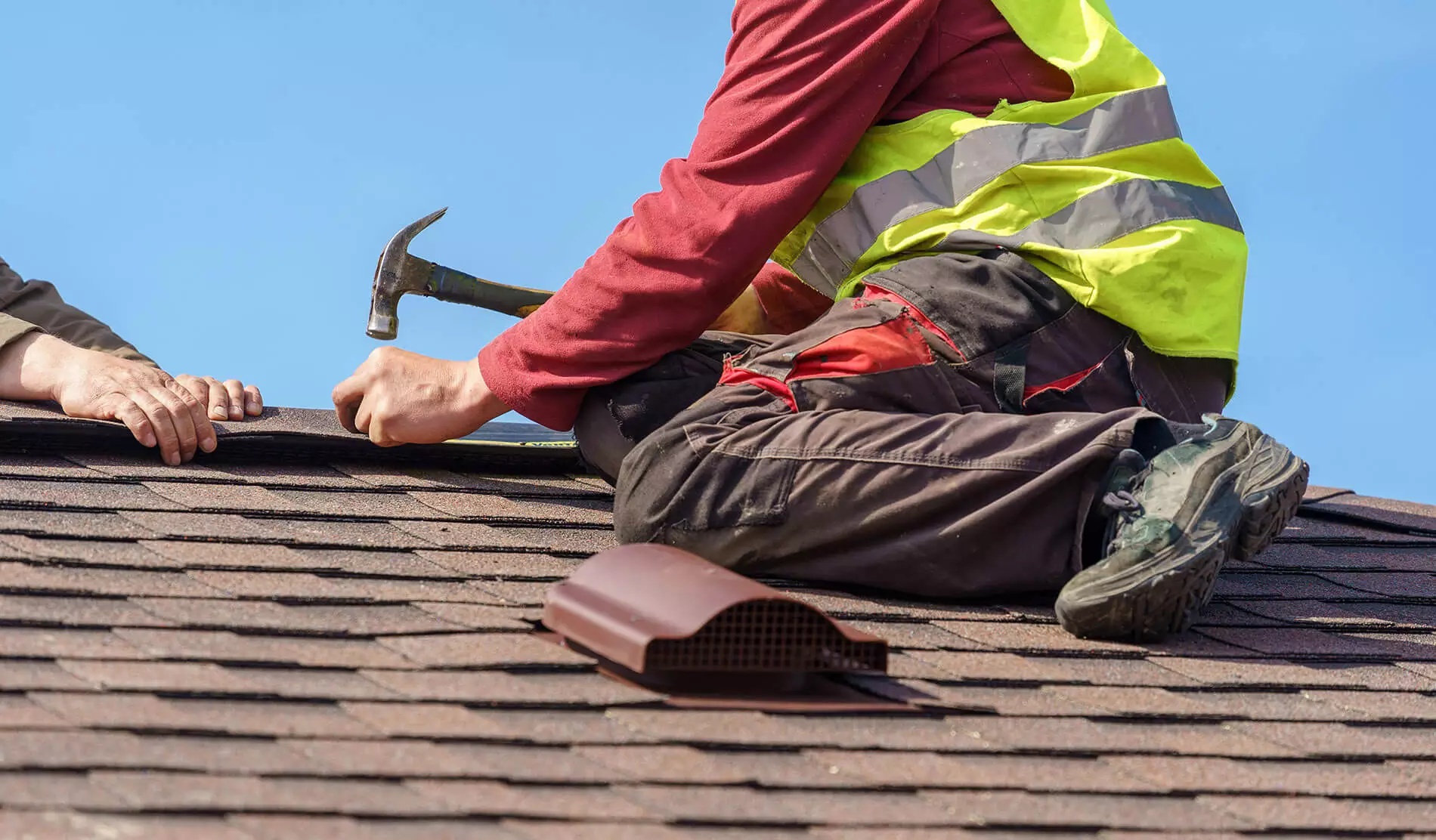How to Assess Various Roofing Choices for Your Building Demands
Evaluating roof covering options for your structure requires an extensive approach that considers various elements such as the intended use the framework, regional climate problems, and material qualities. It is necessary to consider the benefits and downsides of various roof covering kinds, from asphalt roof shingles to steel and clay ceramic tiles, while additionally considering initial costs and long-term upkeep. Additionally, comprehending power efficiency and aesthetic allure can influence your decision. As you ponder these considerations, one inquiry continues to be: which factors will ultimately guide your choice for a sustainable and aesthetically pleasing roof service?
Examining Your Structure's Requirements
To efficiently review roofing alternatives, start by completely evaluating your structure's needs. Start by thinking about the building's planned usage, as different frameworks might require differing roof specifications. For circumstances, domestic roofings typically focus on looks and insulation, while business buildings may concentrate on longevity and load-bearing capability.
Following, assess the neighborhood environment conditions that will certainly influence roof efficiency. Elements such as temperature level fluctuations, precipitation levels, and wind patterns can affect material selection and layout. A roof that masters a pleasant environment may not carry out too in locations vulnerable to hefty snowfall or extreme heat.
Furthermore, evaluate the structural integrity of your building. Make sure that the existing framework can sustain the selected roof materials, especially if considering heavier choices. It is likewise essential to evaluate any kind of local building regulations or laws that may determine particular requirements for roofing systems.

Comparing Roof Materials
As soon as a detailed analysis of your structure's demands has been completed, the next action involves contrasting numerous roof covering products. Each material supplies distinct benefits and negative aspects, making it essential to straighten your option with your certain needs and conditions.
Asphalt shingles are extensively identified for their cost and ease of installment, making them a preferred choice for household structures. On the other hand, metal roof, understood for its longevity and durability, can stand up to harsh weather yet might come with a higher first financial investment.
Clay and concrete ceramic tiles offer outstanding thermal insulation and aesthetic allure, particularly for Mediterranean-style architecture, yet they call for an even more durable structural assistance due to their weight. Wood trembles deal a natural look and great insulation residential properties but might demand a lot more upkeep and are susceptible to fire threats.
Reviewing Cost and Spending Plan
Examining your roofing choices necessitates a cautious examination of cost and spending plan factors to consider. The general spending plan for a roof project makes up several aspects, consisting of product costs, labor costs, upkeep, and possible long-lasting financial savings. It is vital to develop a clear budget prior to exploring details roof covering materials, as this will guide the decision-making process and help you stay clear of overspending.
Begin by acquiring quotes from multiple contractors to comprehend labor expenses in your area. Ensure that these price quotes include all required services, such as elimination of the old roof covering, setup, and any type of additional features, like insulation or ventilation improvements - Roofer. Next, examine the expense of various roof products, taking into consideration both first installment prices and expected lifespan

Comprehending Power Efficiency
Power efficiency plays a critical function in the choice of roofing materials and systems, substantially influencing both energy usage and total convenience within a structure. An appropriate roofing can boost thermal efficiency, reducing the requirement for heating and cooling systems, which subsequently decreases power bills and decreases ecological influence.
When evaluating roof choices, take into consideration products that show as opposed to soak up heat. Light or reflective roofing products can significantly decrease roof covering surface area temperatures, bring about reduced energy use throughout warm months. Additionally, appropriate insulation and ventilation are necessary to optimize the power effectiveness of the entire roof. Insulation prevents warm transfer, while air flow reduces warmth buildup in the attic room space.
One more important variable is the roof covering system's longevity and upkeep requirements. Long lasting materials that call for less regular replacement add to long-lasting power cost savings. Furthermore, the energy efficiency of a roof can likewise be assessed via its compliance with well-known sustainability ratings such as ENERGY STAR or LEED.
Thinking About Visual Appeal
A roof's aesthetic allure dramatically affects the overall appearance of a building, complementing its architectural design and enhancing aesthetic allure. Roofing Contractor. When evaluating roof alternatives, it is essential to consider how the chosen product, shade, and layout will certainly integrate with the existing framework and community. A well-designed roofing can elevate even the simplest of structures, transforming them into visual centerpieces
Different roofing products offer various aesthetic top qualities. As an example, typical tiles may stimulate a timeless beauty, while steel roof covering can pass on a contemporary, sleek appearance. In addition, the color of the roofing product plays a crucial role; lighter shades can make a building appear even more roomy, visit this web-site while darker tones may create a cozier ambiance.
In addition, building components, such as dormers and eaves, can boost the roofing's visual impact. It is suggested to seek advice from with professional developers or designers to make sure the picked roofing option aligns with the general design intent. Ultimately, a roofing system must not only supply functional advantages but also add favorably to the building's aesthetic, showing the owner's preference and the personality of the surrounding environment.
Final thought
